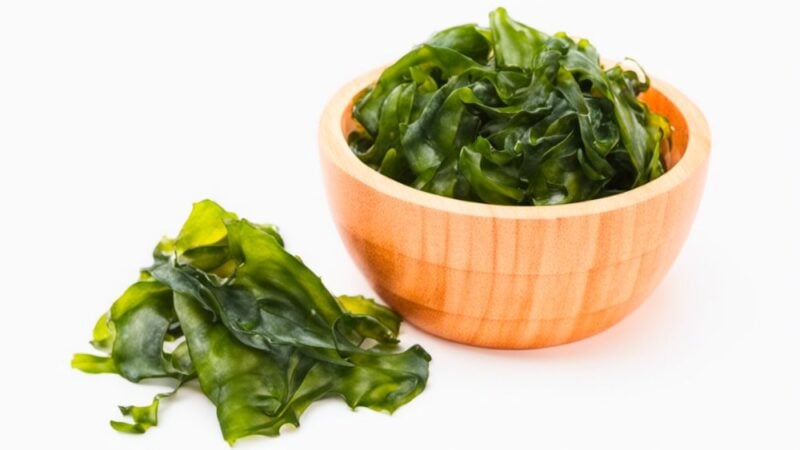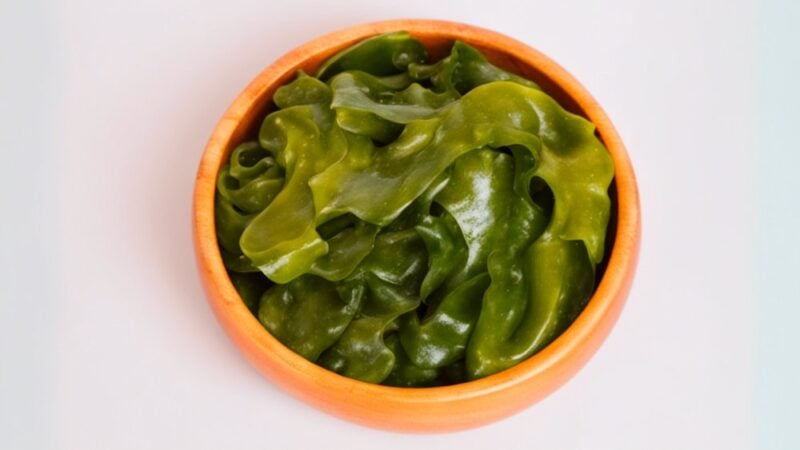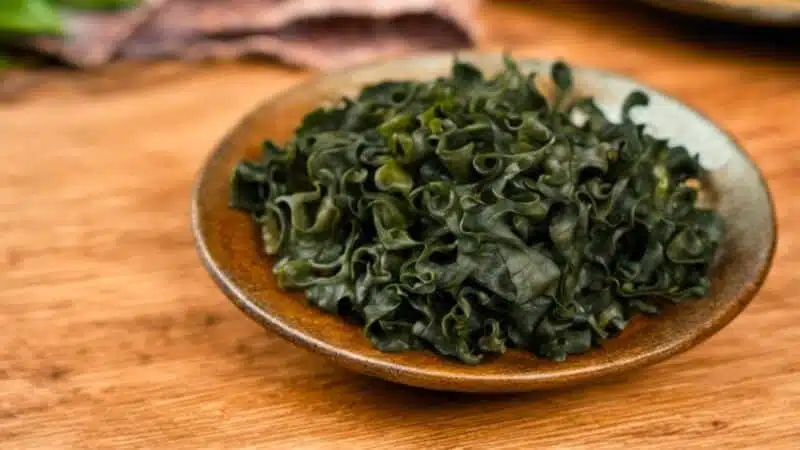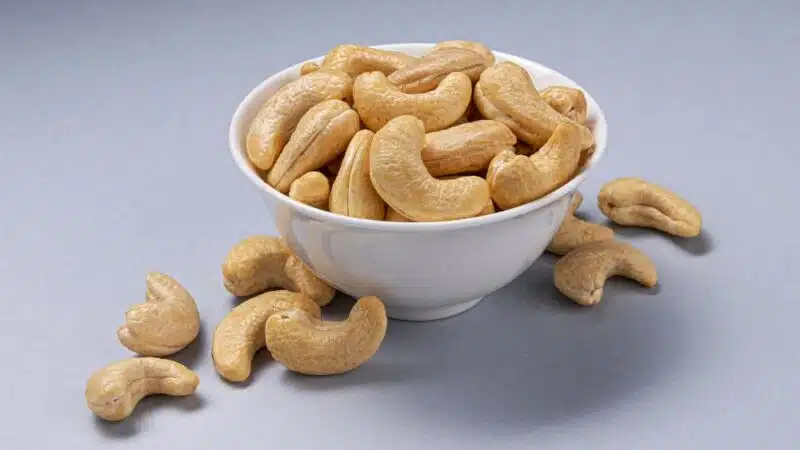Hello everyone! Welcome to Paulina Cocina! We know you've been missing us getting all know-it-all and telling you super interesting things. Today we're going to talk about wakame .
You've probably heard about this little friend in a conversation about edible seaweed, superfoods, or Asian food. You've probably heard the name somewhere. That's why we decided to talk about wakame and its unique properties.
Content table
About Wakame
Wakame seaweed is a variety of edible seaweed that is widely used and valued in Asian cuisine , especially in Japanese cuisine where it is used in a wide range of dishes, including sushi.
Wakame, more than just a seaweed
It's known for its mild, delicate flavor and tender, crisp texture when cooked properly. It belongs to the seaweed group and is a popular choice both fresh and dried.
This type of algae, scientifically known as Undaria pinnatifida, is native to Asia and is found in coastal waters of Japan, Korea, and China.
There are two main varieties: Japanese and Korean .

Edible seaweed
Edible seaweed is a rich source of essential nutrients and is also rich in vitamins. Consuming this seaweed is associated with health benefits. This edible seaweed is characterized by its mild, delicate flavor and tender, crisp texture when cooked properly.
Seaweed is found in coastal waters around the world, but it's especially popular in Asian cuisines. These seaweeds thrive in marine environments and contribute a unique flavor to dishes , a taste that's both fresh and with a hint of the sea.
Purchasing and storing this product is easy, as it's available in Asian food stores or online in various forms, from fresh to dried. This doesn't affect its properties, but to maintain its quality, it's recommended to store it in a cool, dry place.
How to use wakame
One of its most notable uses is as a seaweed for preparing sushi and maki sushi . A thin layer of hydrated wakame is placed around the rice and other ingredients , giving the sushi a sea flavor and a crunchy texture.
It's used to wrap sushi rolls, providing not only a distinctive seafood flavor but also a crispy texture and attractive appearance. Its mild flavor complements sushi ingredients, making it an essential component of this popular Japanese delicacy.
A fundamental role in certain dishes
In addition to its role in sushi, this seaweed is incorporated into a variety of dishes, including seaweed salads, soups, stews, and stir-fries. Its versatility in cooking has led to its worldwide popularity and its inclusion in many international cuisines.
Dried wakame is found in flakes or powder form and can be used as a condiment in a variety of dishes or even sprinkled on fish and vegetables. In some places, it's consumed as an appetizer. It can be eaten directly as a snack or mixed with other ingredients to create a healthy snack mix.
Why does it have such a particular flavor?
This seaweed has a distinctive, mild flavor that is appreciated for its delicacy and distinctive hint of the sea. Its flavor profile is a balance between fresh and salty flavors.
- Mild umami : The flavor is characterized by a mild, delicate umami. Umami is one of the five basic tastes, along with sweet, salty, sour, and bitter, and is described as a pleasant, savory taste often associated with protein-rich foods.
- Touch of the sea : Since this is a seaweed, its flavor has a distinct hint of the sea. This gives it a refreshing quality and a slight salty undertone reminiscent of the marine environment.
- Fresh, vegetal flavor : Although it has a marine flavor profile, it also has a fresh, vegetal undertone that sets it apart from other, more intensely flavored seaweeds.
- Neutrality : One of the reasons it's so prized in the kitchen is its ability to complement other flavors without overwhelming them. Its mild flavor allows it to blend harmoniously with a variety of ingredients and seasonings.
Follow on Instagram ( here )
and on YouTube that I upload new videos every week ( click here )
5 simple and easy recipes with wakame
Wakame Salad
To make a salad, first soak a portion of dried wakame in water, drain it, and mix it with thinly sliced cucumbers, rice vinegar, sugar, and toasted sesame seeds. Serve as a refreshing side dish.
Sushi Rolls
Use hydrated wakame leaves as a wrapper for sushi rolls. Fill them with sushi rice, fish, avocado, and other ingredients of your choice, then roll them up and cut them into individual portions. They can be accompanied with wasabi .
Miso Soup with Wakame
Add strips of the hydrated seaweed to a warm miso soup for a seaside flavor and crunchy texture. Serve with tofu and green onions.
Stir-Fry with Wakame
Add strips of the seaweed to a stir-fry of vegetables and proteins. Its mild flavor pairs well with Asian sauces like soy sauce and teriyaki .
Rice Bowl with Wakame
Mix dried wakame flakes into a bowl of hot rice to give it a seafood flavor. You can add grilled fish, avocado, and a light soy sauce for a delicious dish.






